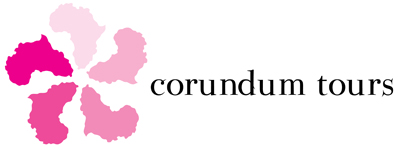
Visit Limpopo Province
Limpopo is South Africa’s northernmost province, lying within the great curve of the Limpopo River. It is a region of contrasts, from true bushveld country to majestic mountains, primeval indigenous forests, unspoilt wilderness and patchworks of farmland.
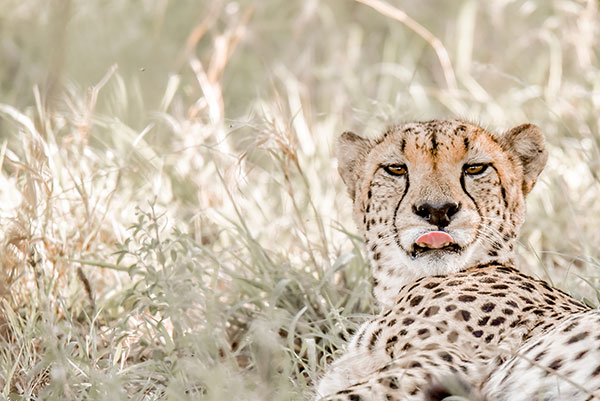
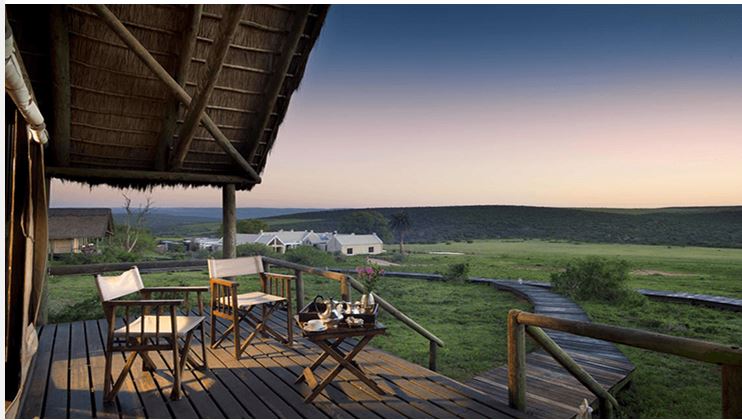
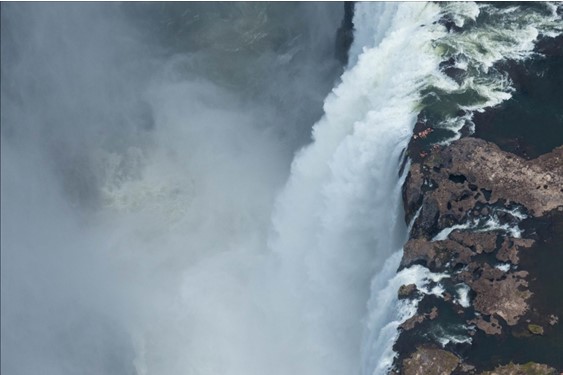
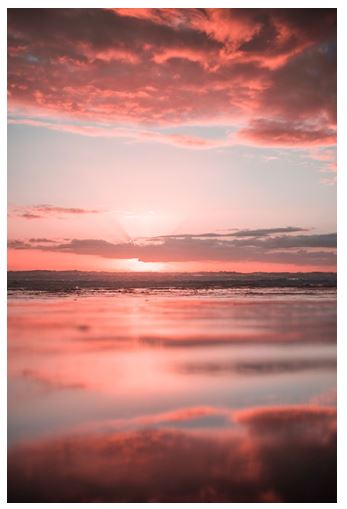
About Limpopo:
Reasons for Visiting Limpopo:
- Kruger National Park – The largest game reserve in South Africa. Nearly 2 million hectares of land that stretch for 352 kilometres (20 000 square kilometres) from north to south along the Mozambique border, is given over to an indescribable wildlife experience.
- The Waterberg Biosphere became the first northern region in South Africa to be named as a ‘Biosphere Reserve’ by UNESCO in 2001 and is also the first and only savannah biosphere reserve in the country. Straddling an area of 15,000 square kilometres, the Waterberg has a natural beauty which is unmatched elsewhere from its soaring craggy heights in the southern escarpment where the ‘Seven Sisters’ guard the plains, to the north-eastern buttress of majestic rock formations, rising sheer out of the bushveld lowlands.
- The Soutpansberg region (Vhembe district) of Limpopo is steeped in ancient history and mythology, with the discovery in 1933 of an Iron Age metropolis almost a thousand years old.
- Limpopo’s capital, Polokwane is home to most of the province’s financial and commercial activity which contributes 13% towards the provincial GDP alone.
- Enormous yellowwood trees, beautiful lilies and a range of enticing wild flowers can be found in the Wolkberg Biosphere Reserve, which is situated north-east of Polokwane, near the picturesque village of Haenertsburg.
- Situated on Limpopo’s eastern border in the scenic Lowveld, close to the largest concentration of private game reserves and lodges in the southern hemisphere, the Hoedspruit area provides a feast of tourism activities to cater for all tastes.

Population in Limpopo:
5, 400, 000
Climate:
The climate in the Limpopo Province is quite hot since the area is bisected by the tropic of Capricorn. Those who choose to visit this northern tip of the country will find that they can enjoy long sunny days and dry weather on most days. During the summer months the heat is often interrupted by a short thunderstorm which is usually a welcome respite from the sometimes extreme heat of the day.
Phalaborwa:
 northern parts of South Africa (Kruger, Gauteng, Limpopo) are best during the winter months (June to September) with wildlife and game viewing at its best. The temperatures are mild (maximum 20-23ºC), with bouts of cold conditions and, very rarely, snow. There is very little winter rainfall in the north.
northern parts of South Africa (Kruger, Gauteng, Limpopo) are best during the winter months (June to September) with wildlife and game viewing at its best. The temperatures are mild (maximum 20-23ºC), with bouts of cold conditions and, very rarely, snow. There is very little winter rainfall in the north.
Great People.
Amazing Tours.
Beautiful Southern Africa.
Languages:
54.8% Northern Sotho
18.1% Tsonga
16.8% Venda
2.6% Afrikaans
2.1% Tswana
Religion:
The Zion Christian Church (ZCC), founded in 1924 by Engenas Lekganyane, is the largest of the African indigenous churches based in Limpopo South Africa.
Currency:
South African Rand (ZAR)
Tipping:
Tipping indicates appreciation for good service
Tipping is widely practiced in South Africa. Here is some information on South African tipping.
- In restaurants and bars, 10% is the accepted tipping standard.
- Parking attendants and security guards are common in parking lots and at roadside bays. They generally ask if they can watch your car while you are going about your business – if you agree, a tip of R2 and up should be offered, depending on the length of your stay.
- In South Africa we still have the luxury of petrol attendants at gas stations to fill up our vehicle tanks, check oil, water and tyre pressure, and clean the windscreens, a tip of R2 and up should be offered.
- The going rate for porters at airports is around R7 per piece of luggage.
- Some of the other service providers you may want to tip are taxi drivers, tour guides and assistants in hairdressers and beauty salons. Should you need assistance in taking your purchases from supermarket to your vehicle, you may want to show your gratitude to your helper with a small monetary reward.
Social Customs
South Africa is a very multicultural society and therefore has many different customs. Some examples:
- Our English customs are the same as Britain because South Africa was once a British colony and was influenced greatly by them.
- The Afrikaans customs, these were influenced by the Dutch immigrants during the late 1820’s.
- The Zulu culture has many unusual customs that are different from today’s western cultures. These are some traditional Zulu customs which are still practiced in parts of KwaZulu-Natal.
Making memories as precious as a Corundum.
Working with preferred suppliers carefully and individually chosen by the Corundum team which caters for our high standard of service. Providing the best accommodation facilities as well as the safest means of transport, naturally always keeping our client’s best interest at heart.
